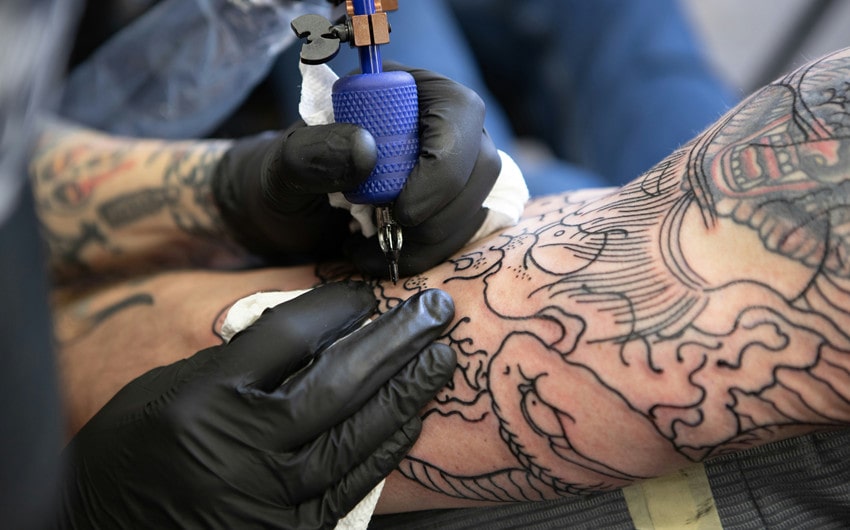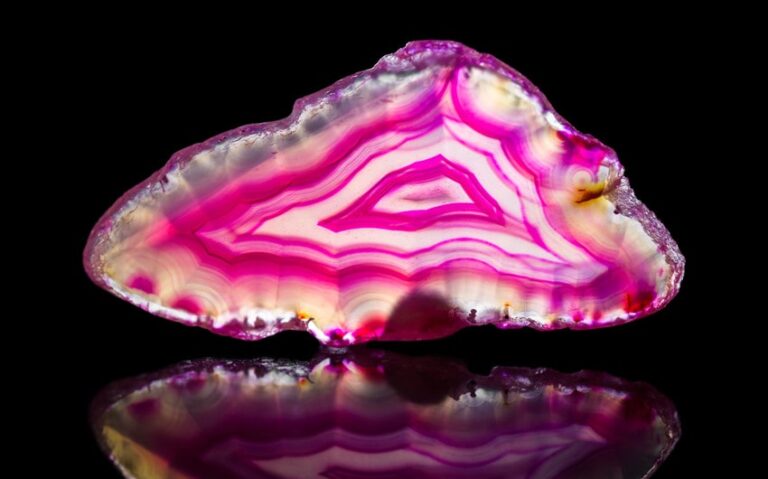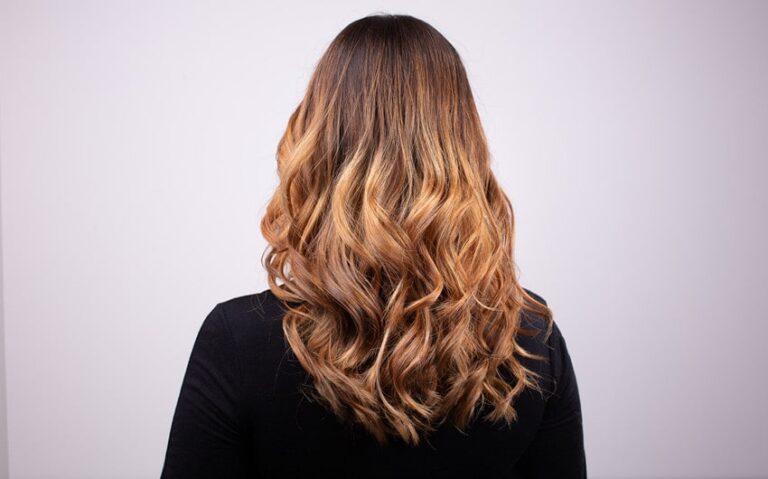Aquaphor for Tattoos and Tips for Perfect Aftercare Results
Getting a tattoo is an exciting experience, but proper aftercare is essential to keep your ink looking vibrant and help your skin heal. With so many products out there, choosing the right one can feel overwhelming. Many people swear by Aquaphor for tattoos because of its ability to keep the skin moisturized and protected during the healing process.
Whether you’re new to tattoos or a seasoned collector, finding the best way to care for your fresh ink is key. Let’s explore why this popular ointment is often recommended and how it can fit into your tattoo aftercare routine.
What Is Aquaphor?
Aquaphor is a versatile healing ointment widely used for skin protection and hydration. Its main ingredient, petrolatum, acts as a barrier to lock in moisture, while additional ingredients like panthenol and glycerin help soothe and nourish the skin. Unlike standard lotions or creams, Aquaphor has a semi-occlusive formula that allows oxygen to reach the skin, making it ideal for promoting healing without suffocating the area.
This product is especially popular for addressing dry, cracked, or irritated skin, which makes it a natural choice for tattoo aftercare. Its gentle, fragrance-free formula minimizes the risk of irritation, providing a safe and effective way to keep your tattooed skin hydrated and healthy. Trusted by dermatologists and tattoo artists alike, Aquaphor is a staple in many skincare routines.
Why Use Aquaphor for Tattoos?
Keeps the Skin Hydrated
Fresh tattoos require consistent hydration to prevent the skin from drying out, which can cause cracking and discomfort. Aquaphor’s unique formula locks in moisture by creating a protective barrier over the skin, ensuring that the area stays soft and supple.
This hydration supports the healing process by preventing scabs from becoming too dry and brittle, which could disrupt the healing tattoo. Proper moisture is crucial for maintaining the sharpness and vibrancy of the tattoo as it heals, making Aquaphor a go-to solution for tattoo aftercare. Its gentle, long-lasting effects are why so many tattoo artists recommend it.
Promotes Faster Healing
Aquaphor is specifically designed to promote healing in damaged or irritated skin, making it perfect for fresh tattoos. Its key ingredients, such as panthenol and glycerin, work together to speed up the skin’s natural repair process. Panthenol soothes irritation and supports cell regeneration, while glycerin draws moisture into the skin to keep it hydrated.
Aquaphor’s semi-occlusive barrier also allows oxygen to reach the skin, which is essential for healing, while protecting it from harmful elements. This combination creates an optimal environment for tattoo recovery, helping your skin repair itself quickly and efficiently without compromising the tattoo’s appearance.
Reduces Itchiness
Healing tattoos often become itchy as the skin repairs itself, which can be uncomfortable and frustrating. Scratching your tattoo can damage the healing process, leading to scabs being torn off prematurely or ink being disrupted.
Aquaphor helps reduce itchiness by keeping the skin hydrated and preventing it from drying out, a major cause of irritation. Its soothing properties create a calming effect on the skin, making it easier to resist the urge to scratch. By alleviating discomfort, Aquaphor ensures that you can focus on caring for your tattoo without jeopardizing its long-term quality and vibrancy.
Protects Against Infection
Fresh tattoos are essentially open wounds, making them vulnerable to bacteria and environmental contaminants. Aquaphor provides a protective barrier over the skin, shielding your tattoo from harmful elements while still allowing it to breathe. This barrier helps reduce the risk of infection, which is a critical concern during the initial healing phase.
The product’s fragrance-free formula minimizes irritation, ensuring that the skin is not further inflamed while healing. Combined with proper hygiene practices, using Aquaphor can keep your tattoo safe from bacteria and promote healthy recovery, ensuring that your ink heals beautifully.
How to Use Aquaphor on Tattoos
Step 1: Clean Your Tattoo
Before applying Aquaphor, it’s essential to clean your tattoo to remove any blood, plasma, or debris from the area. Use lukewarm water and a mild, fragrance-free soap to gently wash the tattooed skin. Avoid scrubbing or using harsh soaps, as these can irritate the fresh tattoo. Pat the area dry with a clean paper towel or let it air dry naturally. Keeping your tattoo clean ensures that it is free from bacteria or dirt, creating a clean slate for applying Aquaphor. This step should be done carefully to avoid damaging the delicate, healing skin.
Step 2: Apply a Thin Layer
Using clean hands, take a small amount of Aquaphor—about the size of a pea—and spread it evenly over the tattoo. Make sure to cover the entire tattooed area with a thin layer, as over-applying can cause clogged pores and prolong the healing process. A thin layer ensures that the skin is adequately protected without becoming greasy. The goal is to moisturize and shield the tattoo while allowing the skin to breathe. If the skin feels sticky or overly shiny, you may have applied too much and should gently dab off the excess with a clean tissue.
Step 3: Follow the Recommended Frequency
For the first few days of healing, apply Aquaphor 2-3 times daily or as directed by your tattoo artist. Overusing it can lead to buildup, which might trap bacteria and hinder the healing process. Typically, you’ll want to reapply after cleaning the tattoo or when the skin feels dry. As your tattoo starts to heal and scab, reduce the frequency of application to avoid over-moisturizing. Listening to your tattoo artist’s recommendations and observing how your skin reacts will help you find the right balance for your specific tattoo and skin type.
Step 4: Monitor Your Skin
During the healing process, pay close attention to how your skin responds to Aquaphor. If the area feels excessively greasy or sticky, it’s a sign that you might be using too much product. Conversely, if the skin appears dry or tight, it may need more hydration.
Watch for any signs of irritation, redness, or allergic reactions, which could indicate sensitivity to the product. Adjust the application accordingly and consult with your tattoo artist if you notice anything unusual. Proper monitoring ensures that your tattoo heals optimally while keeping the skin in good condition.
Step 5: Transition to a Lighter Moisturizer
Aquaphor is most beneficial during the initial healing phase, usually the first 3-5 days after getting your tattoo. Once the skin begins to scab and peel, it’s time to transition to a lighter, fragrance-free moisturizer. This shift prevents the tattoo from becoming overly greasy while still providing adequate hydration for the later stages of healing.
Look for products designed specifically for tattoos or those labeled as suitable for sensitive skin. Continuing proper care with the right moisturizer ensures your tattoo remains vibrant and healthy as it fully heals.
Aquaphor vs. Other Tattoo Aftercare Products
Aquaphor vs. Petroleum Jelly
While both Aquaphor and petroleum jelly (e.g., Vaseline) are used to protect and hydrate skin, they have key differences. Aquaphor contains additional ingredients like panthenol and glycerin, which actively promote healing and hydration, whereas petroleum jelly primarily creates a moisture barrier.
Tattoo artists often discourage the use of petroleum jelly for fresh tattoos because it can suffocate the skin, trapping moisture and bacteria, which might lead to infection. Aquaphor’s breathable formula allows oxygen to reach the skin, making it the better choice for tattoo aftercare during the initial healing phase.
Aquaphor vs. Specialized Tattoo Balms
Specialized tattoo balms are formulated specifically for tattoos and often include natural ingredients like shea butter, coconut oil, and beeswax. While these balms can be effective, they may lack the scientific backing and versatility of Aquaphor.
Additionally, some tattoo balms include fragrances or essential oils, which can irritate sensitive skin. Aquaphor’s fragrance-free and dermatologist-recommended formula makes it a reliable, widely trusted option. However, tattoo balms can be a great alternative once the initial healing phase is over, offering long-term hydration without a heavy texture.
Aquaphor vs. Unscented Lotions
Unscented lotions are another common choice for tattoo aftercare, especially during the peeling stage. Lotions are lightweight and easy to apply, making them ideal for long-term hydration. However, they may not provide the same protective barrier as Aquaphor during the critical early days of healing.
While Aquaphor excels at shielding the tattoo from bacteria and sealing in moisture, lotions are better suited for ongoing care once the skin has begun to heal and scab. Using both products at different stages of healing can give your tattoo the best results.
Why Aquaphor Stands Out
Aquaphor’s unique combination of hydration, protection, and breathability sets it apart from other products. Its semi-occlusive nature ensures that your tattoo can heal in a safe environment while still receiving essential oxygen. The versatility and availability of Aquaphor make it a convenient and affordable choice, especially for those new to tattoos. While it may not replace all tattoo aftercare products, it is a strong contender for the initial stages of healing.
Potential Risks and Considerations
Over-Application of Aquaphor
While Aquaphor is highly effective, using too much can hinder the healing process. Applying a thick layer creates an overly greasy surface, which can trap bacteria, clog pores, and delay the healing of your tattoo. Over-moisturizing can also cause the skin to become macerated, leading to an extended healing time and a higher risk of infection. To avoid these issues, apply a thin, even layer and remove any excess product with a clean tissue.
Sensitivity or Allergic Reactions
Though Aquaphor is generally safe and well-tolerated, some individuals may experience sensitivity or allergic reactions to its ingredients. Signs of a reaction include redness, itchiness, or small bumps around the tattooed area. If you notice these symptoms, stop using Aquaphor immediately and consult with your tattoo artist or a dermatologist. Patch testing on a small area of skin before using the product on a fresh tattoo can help identify any potential issues.
Switching to Lighter Moisturizers
Aquaphor is ideal for the initial healing phase, but prolonged use can result in excessive greasiness or clogged pores as your tattoo begins to heal. After a few days, it’s important to transition to a lighter, fragrance-free moisturizer to ensure proper hydration without overloading the skin. Continuing to use Aquaphor for too long may prevent the tattoo from drying out naturally, which is a necessary part of the healing process.
Not Suitable for Every Skin Type
While Aquaphor is effective for most people, those with oily or acne-prone skin should use it with caution. Its rich, occlusive formula may exacerbate breakouts or cause irritation in individuals with skin that is already prone to clogged pores. If you have a history of skin issues, consult your tattoo artist or dermatologist to determine whether Aquaphor is the right choice for you.
When to Avoid Using Aquaphor
There are instances when Aquaphor might not be suitable for tattoo aftercare. For example, if your tattoo becomes infected, applying Aquaphor may worsen the issue by trapping bacteria under the skin. Additionally, if your tattoo artist recommends a specific product tailored to your tattoo or skin type, it’s best to follow their guidance. Always prioritize professional advice when selecting aftercare products.









